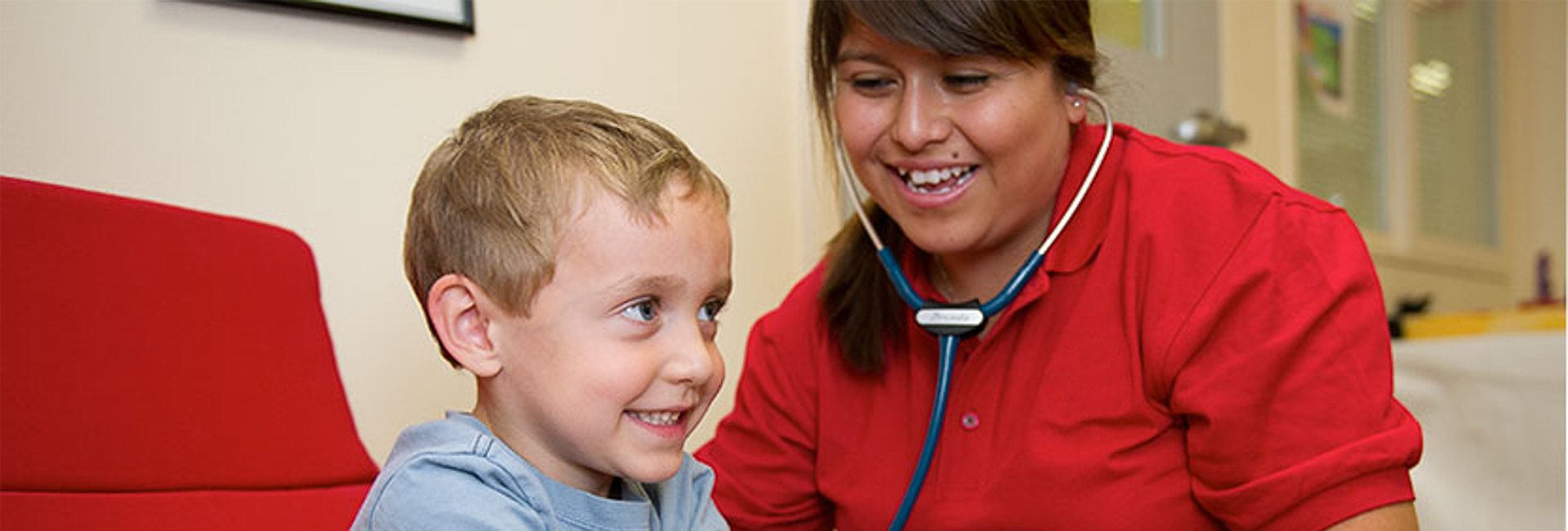Faculty: Dr. Lori Phillips
Funding: 1.7 million dollars from HRSA (Health Resources and Services Administration)
In Indiana, as elsewhere across the nation, there is a growing shortage of all types of primary care providers, including nurse practitioners. USI plans to develop a residency program for nurse practitioner graduates in four primary care settings serving rural and underserved populations in southwestern Indiana.
“While experienced as registered nurses, nurse practitioner graduates have less experience in the role of advanced practice. They need additional support and training to care for the complex patient cases that present in rural and underserved communities,” said Dr. Lori Phillips, USI assistant professor of nursing and project director of the HRSA grant. “This residency program will match a new nurse practitioner graduate with a preceptor to support their transition and to enhance decision making and communication skill sets, with the ultimate goal to increase the number of nurse practitioners as primary care providers in these communities.”
In addition to the recruitment of nurse practitioners, program goals include education of nurse practitioners in an interprofessional model implemented in primary care clinics; utilization of telehealth at clinics to increase patient access and enhance the role of the nurse practitioner; and use of rapid cycle quality improvement as a continuous improvement mechanism.
During the four-year Nurse Practitioner Residency Program, the College of Nursing and Health Professions will be working with the Southwest Indiana Area Health Education Center (SWI-AHEC) and four community partners: ECHO Community Healthcare, Southwestern Behavioral Health, Tulip Tree Family Health Care in Fort Branch and Good Samaritan Family Health Center in Vincennes.
USI and community partners will develop the preceptor component and model for identifying and recruiting nurse practitioner residency participants during the first year of the project, which begins July 1, 2019. Unique characteristics of southwestern Indiana will be integrated into the model to address specific primary care needs of this region.
